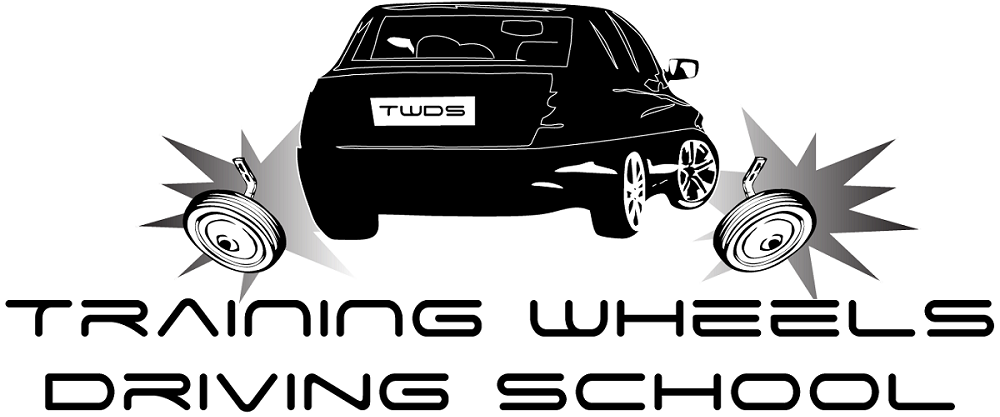Cars are a huge expense, and with recurring costs like insurance and gas, it may seem overwhelming for first time buyers. However, buying your first car doesn’t have to be a stressful experience—it can be exciting when you have all your ducks in a row. So, to help you get to that point, here’s a step-by-step guide for buying your first car.
Collect Quotes
Auto insurance can come at a hefty price, and rates may vary depending on the make and model. Once you’re certain of the vehicle you’re purchasing, collect quotes with insurance companies before you buy it. If you’re taking out a loan, you’ll need a policy with full coverage. All you need is the car’s VIN number to get a specific quote. Some agencies provide discounts for students or for multiple cars, not to mention factoring in insurance early is a great way to start planning your budget.
Start Saving/Set Your Budget
As you consider buying a new car, continue to save even after you reach your goal since there are several fees you’ll soon have to pay for. After you purchase your vehicle, you’ll need to buy new tags as well as pay for the sales tax the following year.
Comparison Shop/New vs. Used
While shopping, consider both private dealers in addition to a dealership. Look over local ads for private dealers to gain an idea of a car’s value. You’ll want to keep this in mind when visiting a local dealership. At dealerships, you have more inventory to look over, including both new and used models. It may be easier to start looking at new models than used cars. Oftentimes, you can find fully loaded used models that are just as convenient for a smaller price—just make sure you have notes regarding the car’s history.
Down Payments and Financing
Again, before buying your vehicle, you should set your budget, including insurance, down payments, and financing. Also, knowing your credit score and making a decent down payment will be essential in finding the best rate. If you’re taking out a loan, remember that new cars have a low annual percentage rate (APR) while used cars are more likely to have a higher APR.
Enjoy Features
It takes a little time to get used to a new car. Make sure you skim over the owner’s manual for oil type and recommended tire pressure. Operate lights and windshield wipers so you’re more comfortable with them on the road, and also be sure to familiarize yourself with the car’s other key features.
Think you or someone you know is in need of Behind the Wheel Training? Training Wheels is an Atlantic City driving school specializing in teaching new teen drivers how to stay safe on the road. For more information on our lessons, please click here.
Copyright: gunter_nezhoda / 123RF Stock Photo

